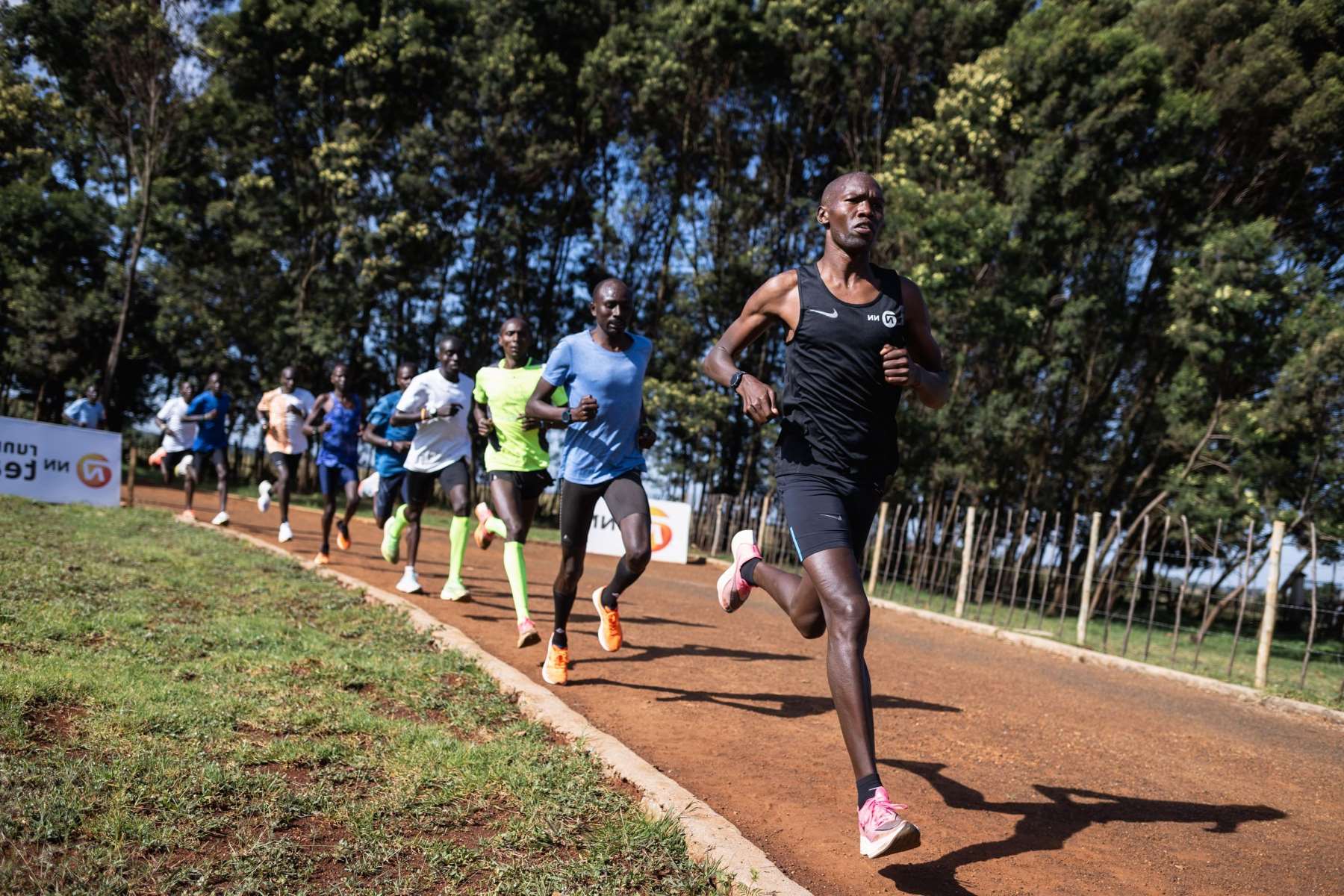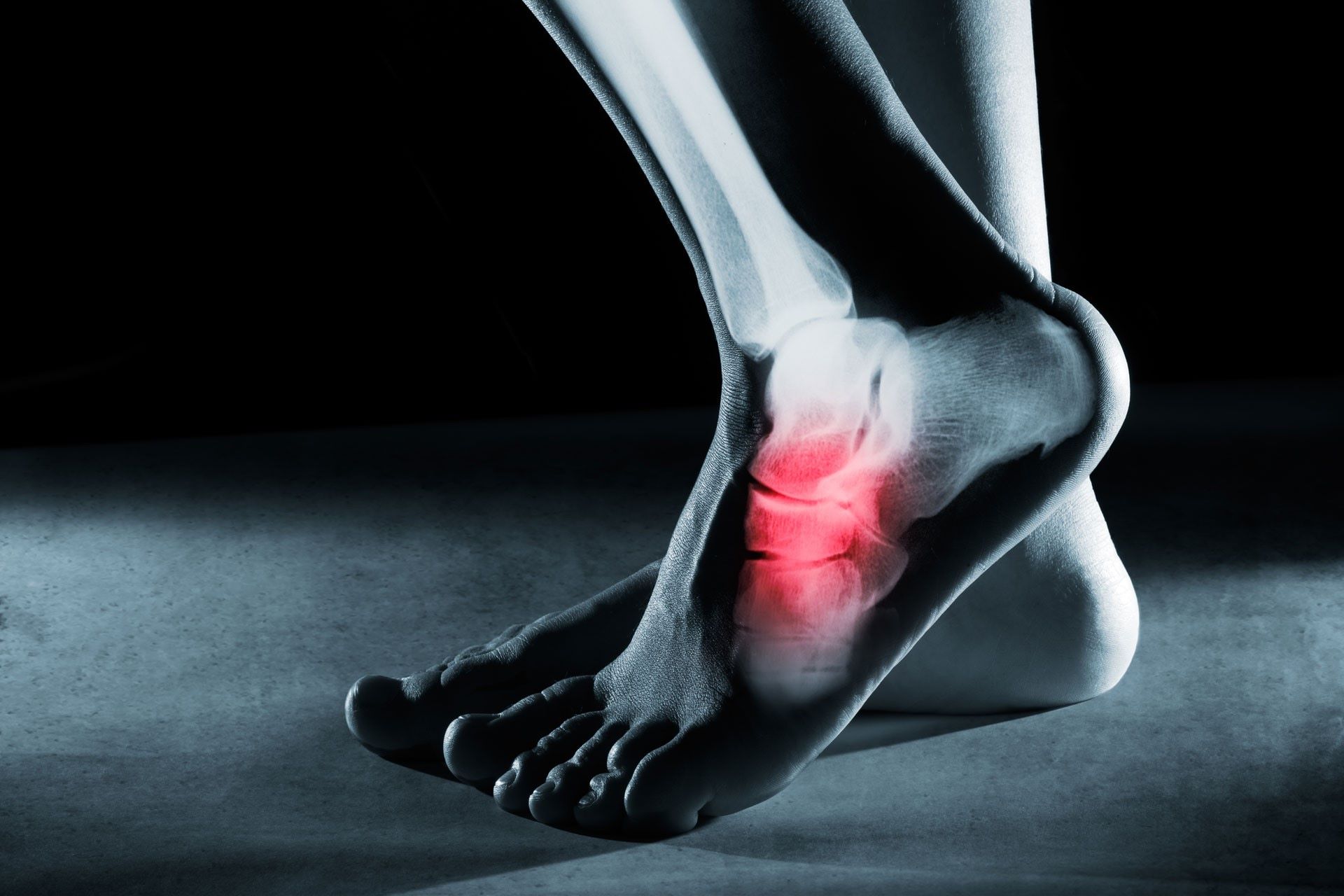Home>Training & Techniques>What Is Your Body Type When It Comes To Running?


Training & Techniques
What Is Your Body Type When It Comes To Running?
Published: March 2, 2024
Discover the best training and techniques for your body type when it comes to running. Learn how to optimize your running performance based on your unique physique.
(Many of the links in this article redirect to a specific reviewed product. Your purchase of these products through affiliate links helps to generate commission for Therunningadvisor.com, at no extra cost. Learn more)
Table of Contents
Understanding Your Running Body Type
Understanding your body type is crucial for optimizing your running performance. Each individual possesses a unique physique, and comprehending how your body type influences your running abilities is essential for tailoring your training regimen. By identifying your body type, you can make informed decisions about the most effective training techniques and strategies to achieve your running goals.
There are three primary body types: ectomorph, mesomorph, and endomorph. Ectomorphs typically have a lean and slender build, with a fast metabolism and difficulty gaining muscle mass. Mesomorphs are characterized by a well-proportioned physique, with a natural tendency to build muscle and maintain a moderate body fat level. Endomorphs often have a rounder shape, with a higher body fat percentage and a propensity to gain weight easily.
Understanding which category your body type falls into provides valuable insight into how your body responds to different training stimuli. For instance, ectomorphs may excel in long-distance running due to their lean build and efficient oxygen utilization. Mesomorphs, with their natural muscularity, might thrive in sprinting and explosive movements. Endomorphs, while facing challenges with weight management, can leverage their strength and power in activities such as hill running and endurance events.
By recognizing your body type, you can better understand your strengths and weaknesses as a runner. This awareness allows you to tailor your training program to capitalize on your inherent advantages while addressing any potential limitations. Whether you are aiming to improve your speed, endurance, or overall performance, aligning your training with your body type can significantly enhance your running experience.
In the subsequent sections, we will delve deeper into the specific characteristics of each body type and explore how to optimize your training regimen accordingly. Understanding your running body type is the first step towards unlocking your full potential as a runner.
Read more: Fueling Your Body Before A 10K: What To Eat
Identifying Your Body Type for Running Success
Identifying your body type is a pivotal aspect of optimizing your running performance. By recognizing the unique characteristics of your physique, you can tailor your training approach to align with your inherent strengths and address any potential challenges. The process of identifying your body type involves assessing various physical attributes and understanding how they influence your running capabilities.
Ectomorph Body Type
Ectomorphs are typically characterized by a lean and slender build, with a fast metabolism and difficulty gaining muscle mass. Their physique is well-suited for long-distance running, as their lean frame and efficient oxygen utilization enable them to excel in endurance activities. Identifying yourself as an ectomorph can guide you towards training methods that emphasize endurance, such as steady-state runs and tempo workouts. Additionally, incorporating strength training to build muscle mass and improve overall strength can complement the natural advantages of ectomorph body types.
Mesomorph Body Type
Mesomorphs possess a well-proportioned physique, with a natural tendency to build muscle and maintain a moderate body fat level. Their athletic build and ability to gain muscle mass make them well-suited for sprinting and explosive movements. Identifying as a mesomorph can lead to a training focus on speed and power, including interval training, plyometric exercises, and resistance training to further enhance muscle development and explosive strength.
Endomorph Body Type
Endomorphs often have a rounder shape, with a higher body fat percentage and a propensity to gain weight easily. Despite the challenges related to weight management, endomorphs can leverage their natural strength and power for activities such as hill running and endurance events. Identifying as an endomorph can prompt a training emphasis on high-intensity interval training (HIIT), hill repeats, and strength training to enhance power and endurance while managing body composition.
By identifying your body type, you can gain valuable insights into the most effective training strategies for your running success. Whether you align with the characteristics of an ectomorph, mesomorph, or endomorph, understanding your body type empowers you to optimize your training regimen, capitalize on your strengths, and work towards overcoming any potential limitations. Embracing your unique body type is a foundational step towards achieving running success and maximizing your potential as a runner.
Read more: Fueling Your Body Before A 5K: What To Eat
How Your Body Type Affects Your Running Performance
Understanding how your body type influences your running performance is essential for tailoring your training approach to maximize your potential as a runner. Each body type – ectomorph, mesomorph, and endomorph – brings unique characteristics that directly impact running capabilities.
Ectomorphs, with their lean and slender build, possess natural advantages in endurance activities. Their efficient oxygen utilization and lean frame make them well-suited for long-distance running, allowing them to maintain steady paces over extended periods. This body type's lower body fat percentage and inherent endurance capacity contribute to their ability to sustain prolonged efforts, making them ideal for marathon and distance running events.
Mesomorphs, characterized by a well-proportioned physique and natural muscle-building ability, excel in activities requiring speed and power. Their enhanced muscle mass and strength facilitate explosive movements, making them well-suited for sprinting and short-distance running. The mesomorph body type's capacity for rapid muscle development and power output enables them to generate significant force in short bursts, positioning them as strong contenders in sprint events and activities demanding quick acceleration.
Endomorphs, with a rounder shape and higher body fat percentage, possess inherent strength and power. While they may face challenges related to weight management, their natural muscularity and power make them well-suited for activities that demand sustained effort and strength, such as hill running and endurance events. The higher body fat percentage can provide insulation and energy reserves, contributing to their capacity for enduring prolonged physical exertion.
Understanding how your body type affects your running performance empowers you to tailor your training regimen to capitalize on your inherent strengths. By recognizing the specific advantages and potential limitations associated with your body type, you can strategically adjust your training focus to optimize your running performance. Whether it involves emphasizing endurance, speed, or power, aligning your training with your body type enables you to leverage your natural attributes and work towards enhancing your running capabilities.
In essence, your body type serves as a foundational element that shapes your running potential. Embracing the unique characteristics of your body type and understanding how they influence your running performance is instrumental in crafting a tailored training approach that aligns with your inherent strengths, ultimately contributing to improved performance and overall running success.
Tailoring Your Training to Your Unique Body Type
Tailoring your training regimen to align with your unique body type is a strategic approach that can significantly enhance your running performance. By customizing your training based on the specific characteristics of your body type, you can optimize your strengths and address any potential limitations, ultimately maximizing your potential as a runner.
For ectomorphs, emphasizing endurance training is paramount. Incorporating long-distance runs, tempo workouts, and steady-state cardio sessions can capitalize on their natural ability to sustain steady paces over extended periods. Additionally, integrating strength training exercises that focus on building lean muscle mass can complement their physique, enhancing overall strength and resilience during endurance activities.
Mesomorphs benefit from a training approach that emphasizes speed and power. Interval training, plyometric exercises, and resistance training can further enhance their explosive strength and quick acceleration capabilities. By incorporating these training modalities, mesomorphs can leverage their natural muscularity to excel in sprinting and activities requiring rapid bursts of power.
Endomorphs can optimize their training by incorporating high-intensity interval training (HIIT) to enhance their power and endurance. Hill repeats and strength training exercises can further capitalize on their natural strength and power, enabling them to excel in activities that demand sustained effort and resilience. Additionally, focusing on managing body composition through a balanced approach to nutrition and training can contribute to overall performance improvements.
Regardless of body type, a comprehensive training program should also include elements of flexibility, mobility, and injury prevention. Integrating dynamic stretching routines, mobility exercises, and targeted strength training for stabilizing muscles can contribute to overall running performance and reduce the risk of injuries.
By tailoring your training to your unique body type, you can strategically align your workouts with your inherent strengths, ultimately optimizing your running performance. This personalized approach to training acknowledges the diverse attributes of each body type and empowers individuals to maximize their potential as runners. Embracing the nuances of your body type and customizing your training regimen accordingly is a fundamental step towards achieving running success and unlocking your full potential on the track or trail.
Embracing Your Body Type for Running Success
Embracing your body type is a fundamental aspect of achieving running success. Rather than viewing your body type as a limitation, recognizing and embracing its unique characteristics can empower you to optimize your running performance. Each body type – ectomorph, mesomorph, and endomorph – brings inherent strengths that, when acknowledged and leveraged, can propel you towards achieving your running goals.
For ectomorphs, embracing their lean and slender build means acknowledging their natural predisposition for endurance activities. By recognizing their efficient oxygen utilization and capacity for sustained efforts, ectomorph runners can cultivate a sense of pride in their ability to excel in long-distance running. Embracing their body type involves tailoring their training to capitalize on their endurance capabilities while also incorporating strength training to enhance overall resilience and performance.
Mesomorphs can embrace their well-proportioned physique and natural muscularity as assets for sprinting and explosive movements. By acknowledging their capacity for rapid muscle development and power output, mesomorph runners can cultivate a sense of confidence in their ability to generate significant force in short bursts. Embracing their body type involves channeling their energy into speed-focused training modalities and leveraging their inherent strength to achieve peak performance in sprint events.
Endomorphs, with their rounder shape and natural strength, can embrace their body type by recognizing their capacity for enduring prolonged physical exertion. Embracing their higher body fat percentage as a potential source of energy reserves, endomorph runners can approach their training with a focus on building power and resilience. By acknowledging their inherent strength and power, endomorph runners can cultivate a sense of determination in overcoming challenges related to weight management and excelling in activities that demand sustained effort.
Ultimately, embracing your body type for running success involves a mindset shift towards recognizing and celebrating the unique attributes that contribute to your running capabilities. By embracing your body type, you can approach your training with a sense of purpose and confidence, knowing that your inherent strengths are valuable assets in your running journey. Embracing your body type is not about conforming to a specific ideal but rather about acknowledging and optimizing your individual strengths to achieve your full potential as a runner.















